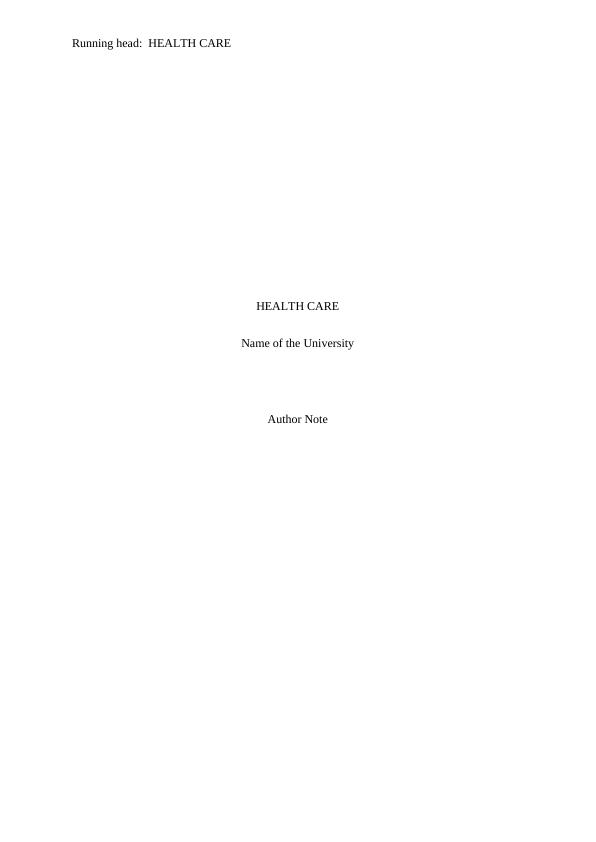Non-Urgent Visits to Emergency Department: Consequences and Solutions
8 Pages1642 Words432 Views
Added on 2023-04-25
About This Document
This article discusses the reasons for non-urgent visits to the emergency department, their consequences, and possible solutions. It also highlights the importance of primary care facilities and patient education.
Non-Urgent Visits to Emergency Department: Consequences and Solutions
Added on 2023-04-25
ShareRelated Documents
End of preview
Want to access all the pages? Upload your documents or become a member.
NURS1102 - Using Research in Nursing
|11
|2867
|128
Emergency Department From the Mental Health Client's
|5
|1634
|433
Case Study For Nursing : Assignment
|11
|3273
|27
Case Study For Nursing Practice
|11
|3273
|54
Mental Health Clinic Project Proposal
|4
|794
|54
Case Study Analysis Assignment 2022
|12
|3155
|16



